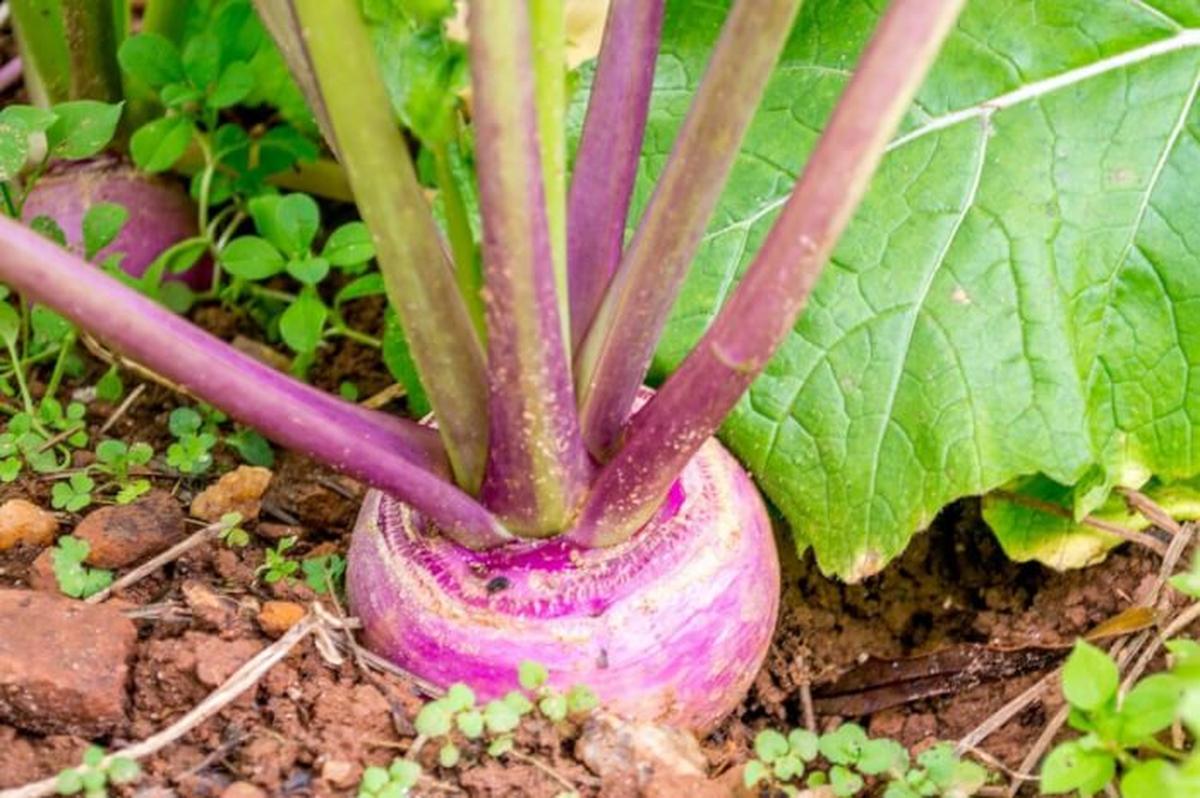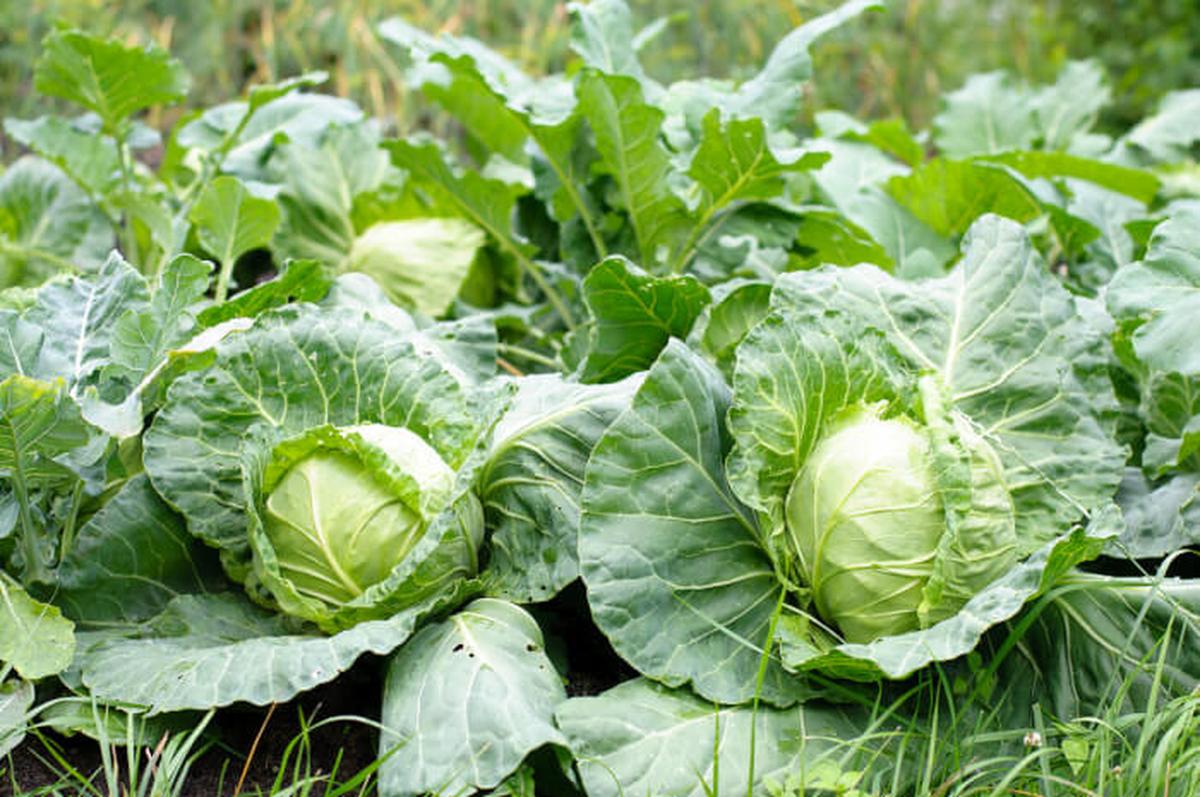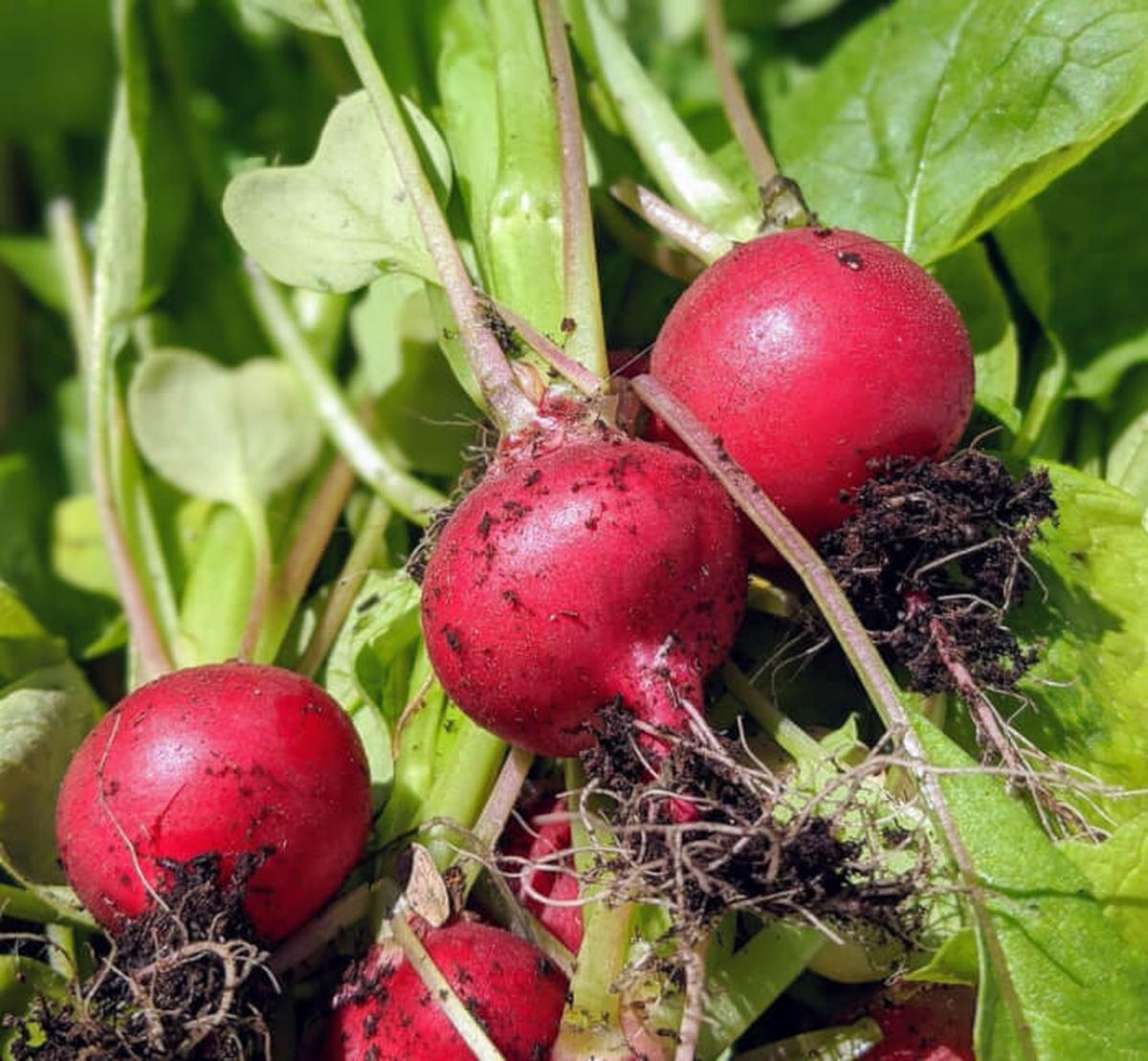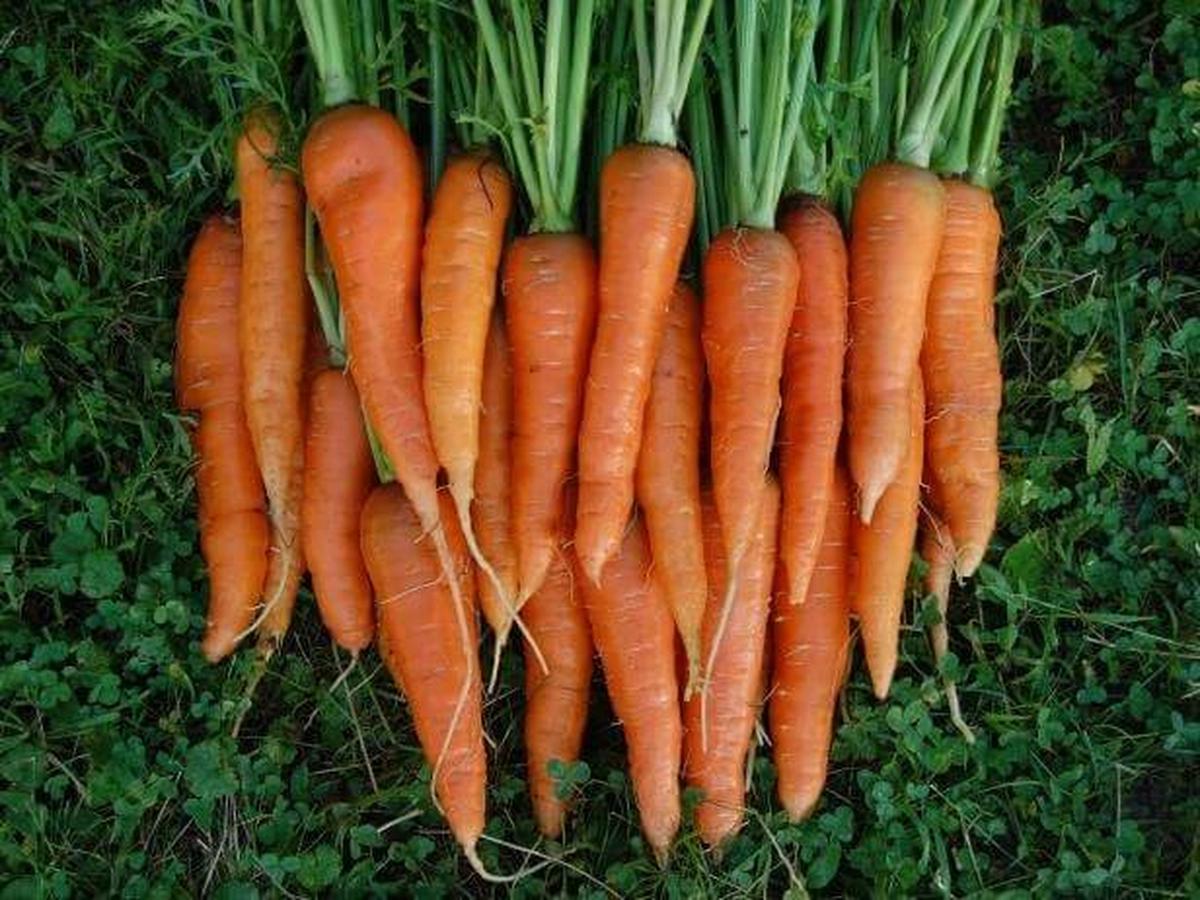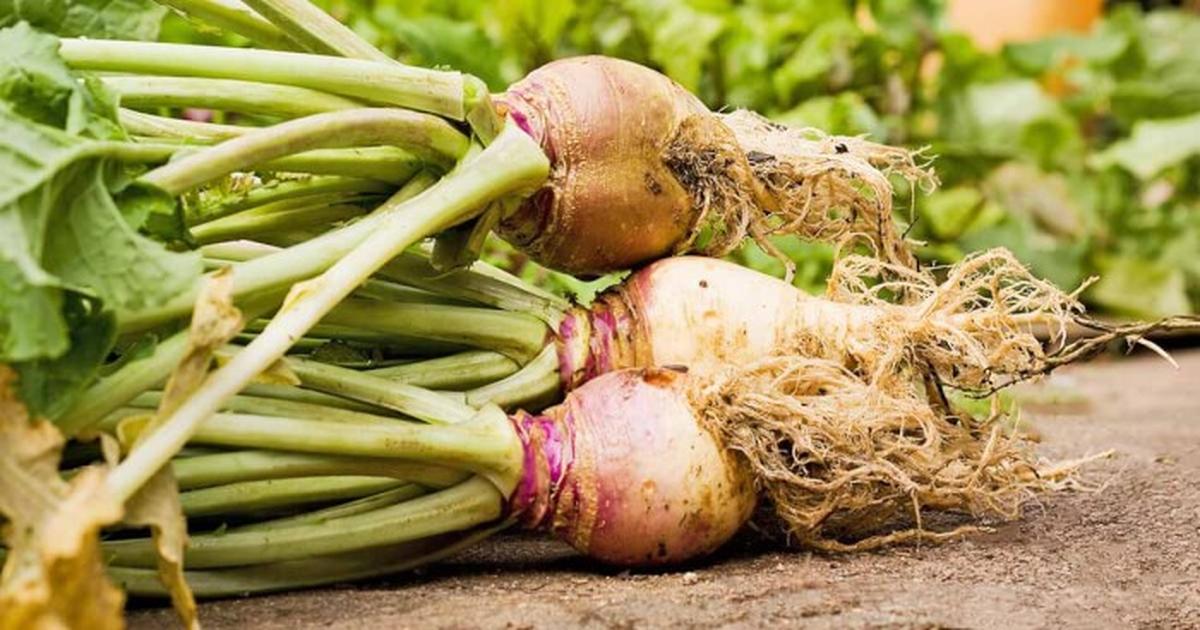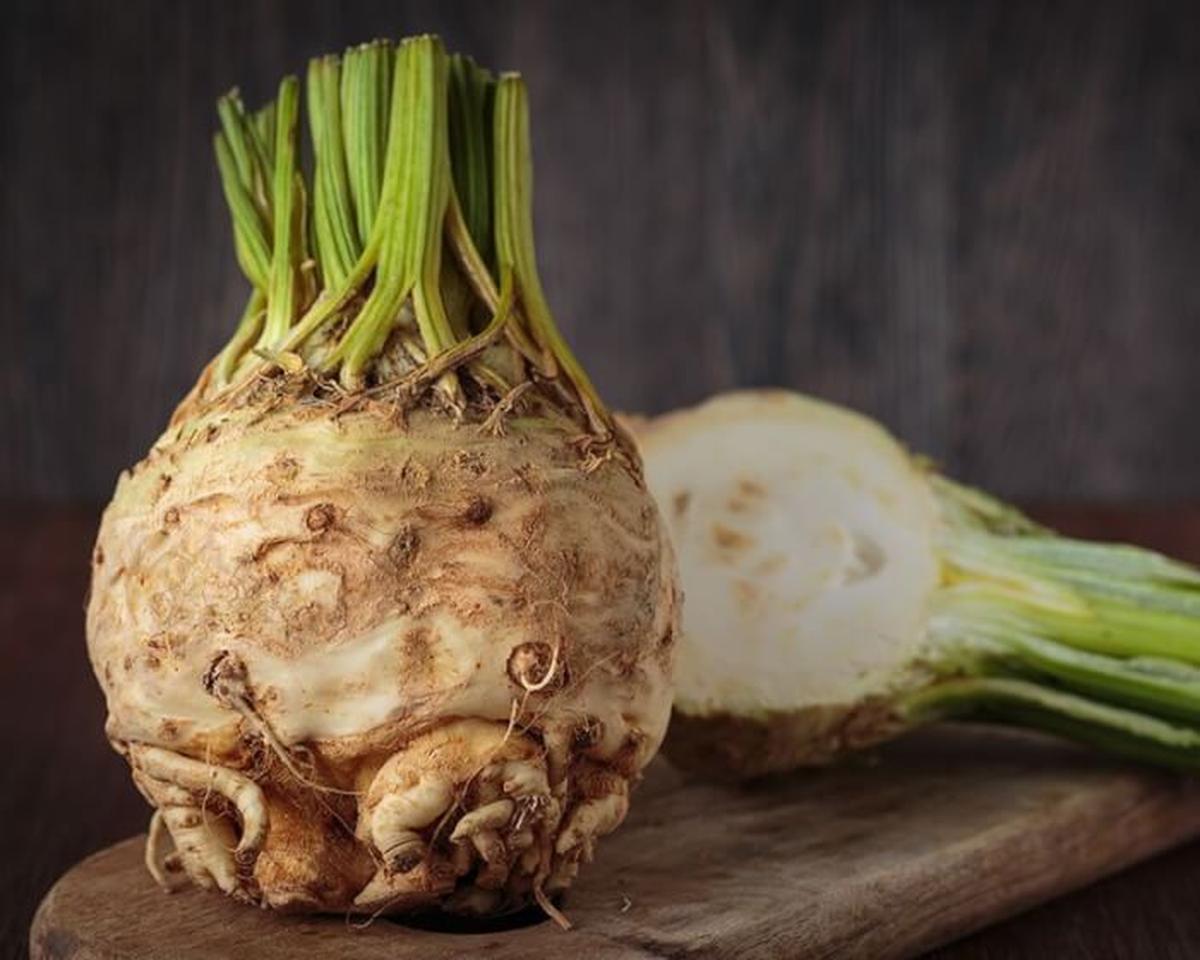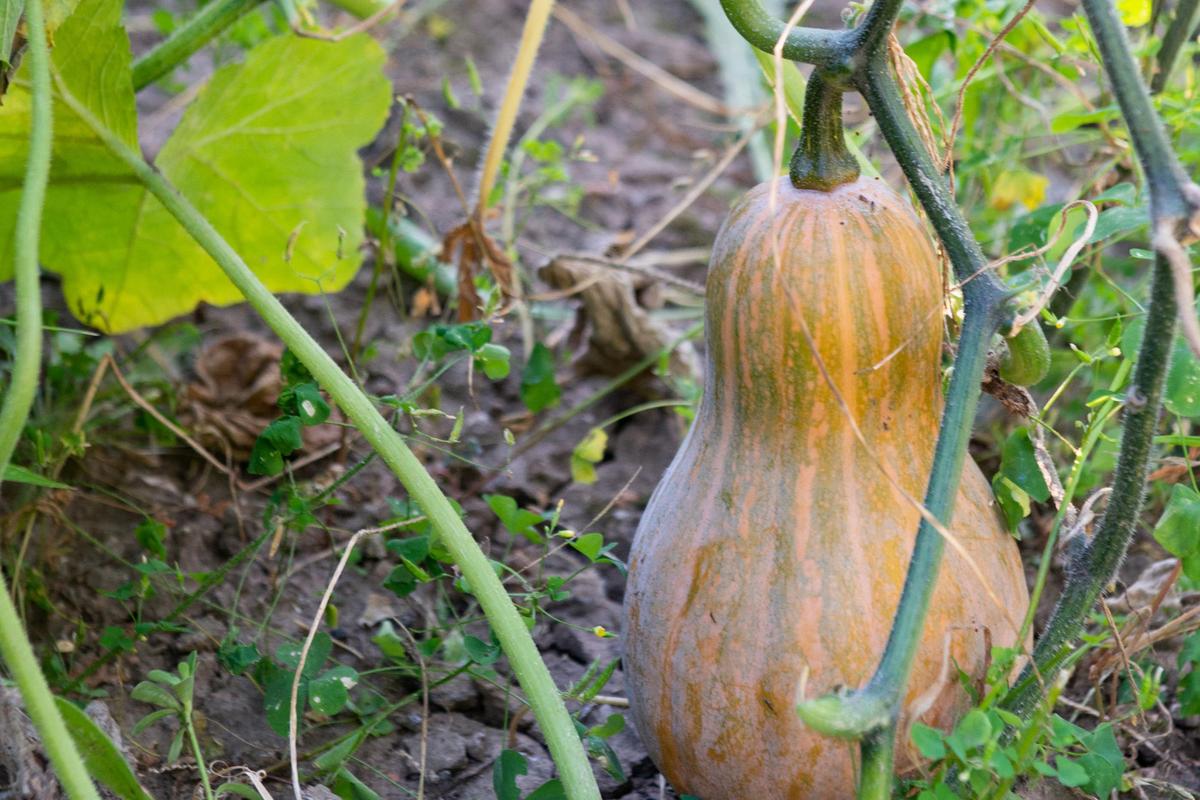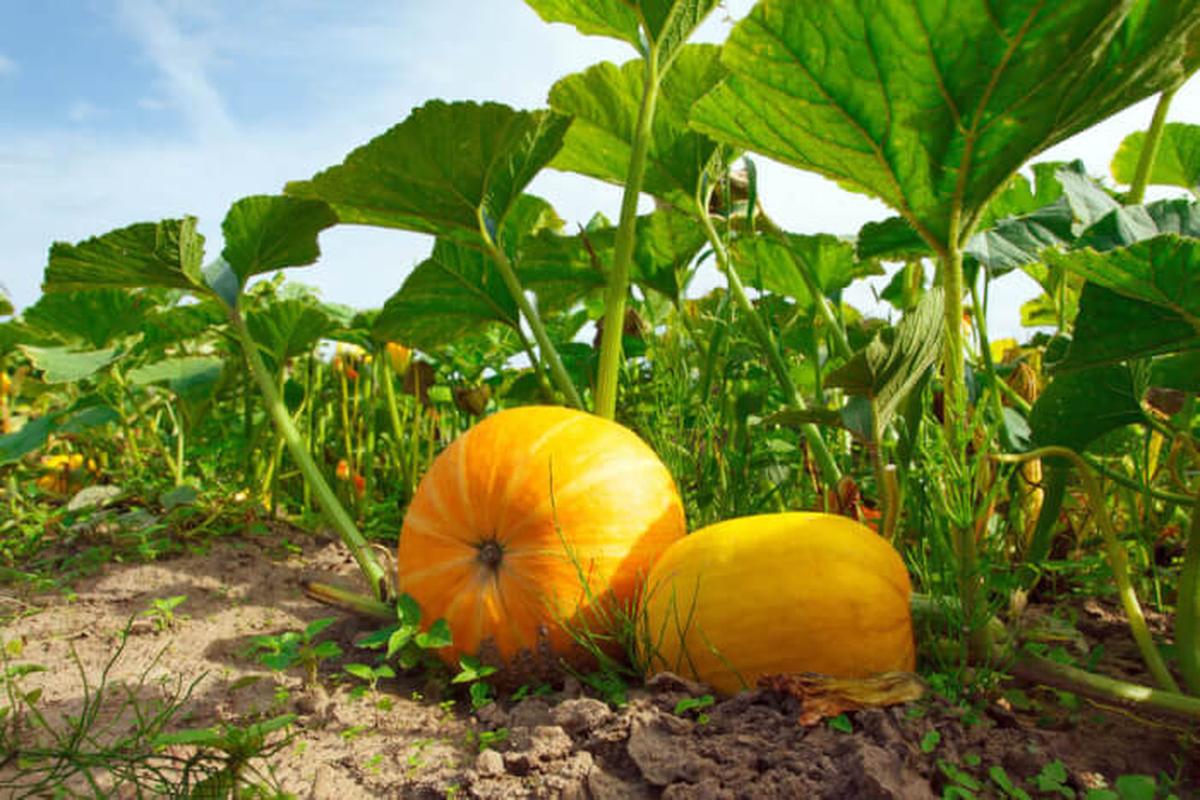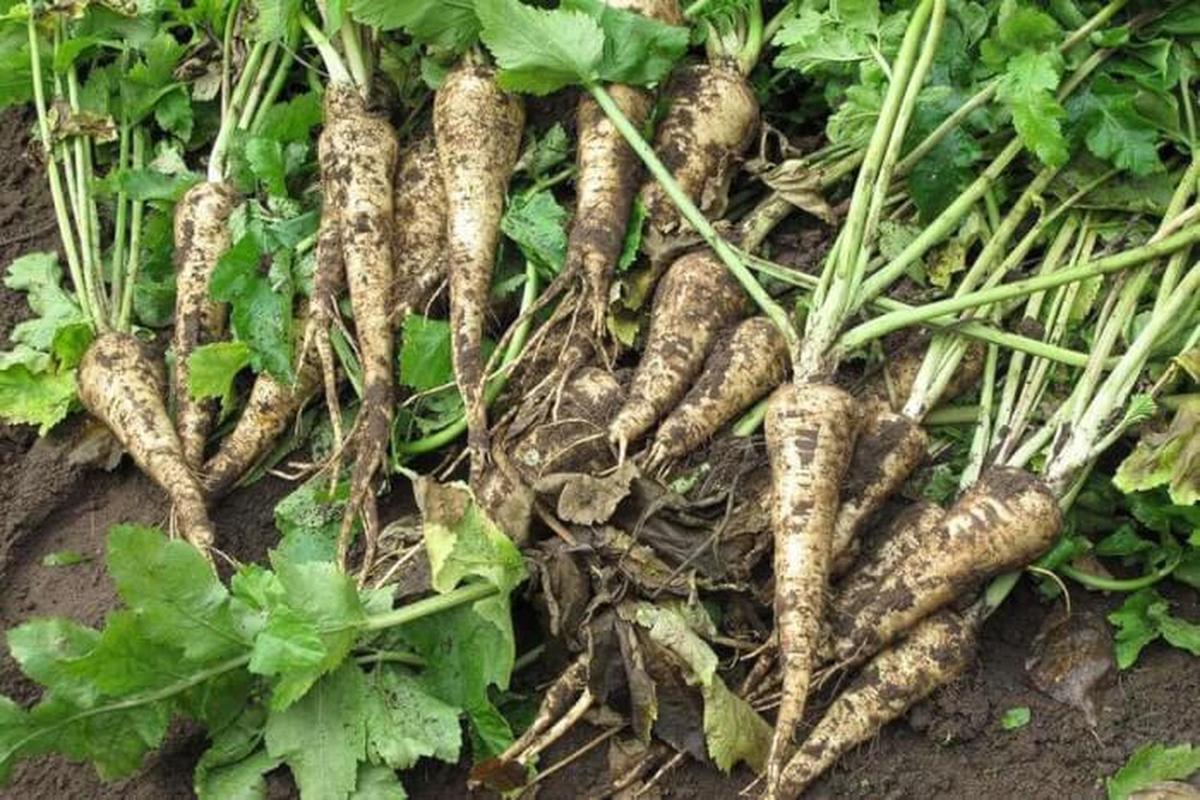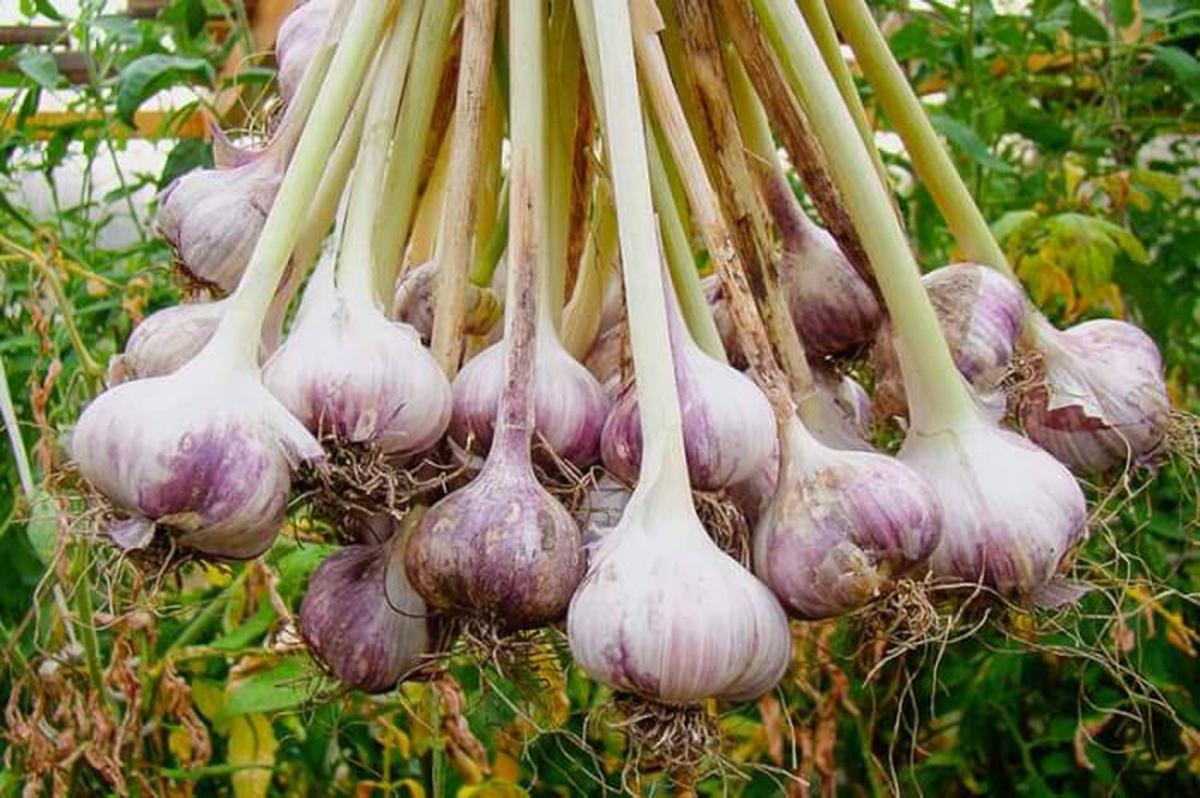14 Essential Vegetables to Grow This Winter
Winter vegetables offer fresh harvests during colder months, ideal for creating a seasonal food supply. Hardy and resilient, these vegetables thrive in low temperatures, bringing color and nutrition to winter gardens.
Each plant type grows well in various conditions, providing continuous harvests through the cold. Simple to grow, they are an excellent addition for gardeners aiming for year-round produce.
These choices boost garden productivity, even when other plants rest. Here are 14 winter vegetables that grow beautifully for food storage:
Turnips
Turnips can be preserved effectively with the right techniques. Begin by trimming their tops to about one inch and gently removing any excess dirt.
Store these vegetables in containers filled with moist sand or sawdust, allowing them to stay fresh for three to five months. Maintain a cool environment between 32 and 35 degrees Fahrenheit along with high humidity levels of around 90 percent for optimal results.
Regularly monitor the moisture content of the sand or sawdust, adding water as needed to ensure it stays adequately damp throughout storage.
Cabbage
Storing cabbage effectively can extend its freshness for several months. Keeping the roots intact is crucial; wrapping them in newspaper preserves moisture and prevents spoilage.
Placing wrapped cabbages in crates or immersing the roots in a bucket filled with damp sand works wonders. Aim to maintain a cool environment between 32 and 40 degrees Fahrenheit, along with high humidity levels around 80 to 90 percent for optimal storage conditions.
This method ensures you enjoy crisp, flavorful cabbage long after harvest time has passed.
Winter Radishes
Winter radishes can thrive for an impressive duration of two to four months under optimal conditions. Maintaining a cool environment with temperatures between 32 and 35 degrees Fahrenheit is crucial.
High humidity, ideally around 90 percent, plays a significant role in preserving their freshness. When you store them properly, these root vegetables remain crisp and flavorful for extended periods.
Understanding the right storage requirements ensures that you enjoy their unique taste throughout winter.
Potatoes
Understanding how to store potatoes effectively can significantly extend their freshness. Begin by curing unwashed potatoes; this allows the skins to heal and become thicker, which helps in preservation.
After that crucial step, place them in a dark space within covered containers or bins that have ventilation holes. Ideal storage conditions include temperatures between 32 and 40 degrees Fahrenheit with humidity levels of around 80-90%.
Following these guidelines can keep your potatoes fresh for an impressive duration of four to nine months.
Beets
Storing beets requires careful handling to ensure they stay fresh for several months.
Begin by trimming the tops and taproot down to one inch, then remove any loose soil without washing them.
Next, place your beets into containers like buckets or boxes filled with damp sand or sawdust.
Maintain a cool environment at temperatures between 32-35 degrees Fahrenheit while keeping relative humidity around 90 percent.
Carrots
Storing carrots properly can significantly extend their shelf life, lasting around four to six months when kept in cool temperatures between 32 and 35 degrees Fahrenheit with high humidity levels of about 90 percent.
Preparing them for storage involves removing the tops, gently brushing off any soil, and sorting by size.
Start by placing the largest carrots at the bottom of a box or tote filled with damp sand or sawdust; this way, you'll use smaller ones first.
Each layer should be covered with approximately a quarter-inch of sand before adding another two inches on top for protection.
Rutabagas
Rutabagas can maintain their flavor and freshness for two to four months under optimal storage conditions. To prepare them for this process, begin by cutting the tops and taproot down to one inch.
Gently remove any loose dirt without rinsing the vegetable. Utilize buckets or containers filled with moist sand or sawdust as your storage method.
Regularly inspect the sand to ensure it remains damp, as rutabagas are prone to drying out quickly if not monitored closely. Maintaining a temperature between 32 and 35 degrees Fahrenheit along with high humidity is essential for keeping these root vegetables in prime condition.
Celeriac
Celeriac, a versatile root vegetable, can remain fresh for an impressive duration of two to four months.
To achieve this longevity, it thrives best in cooler conditions between 32 and 35 degrees Fahrenheit with high humidity levels around 90 percent.
Preparing celeriac for storage involves trimming the tops and rough roots down to one inch while gently shaking off any loose dirt, washing is not recommended as it may reduce its shelf life.
For optimal preservation, place these prepared vegetables into buckets or containers filled with moist sand or sawdust.
Apples and Pears
Storing apples and pears properly can significantly extend their freshness. To ensure optimal air circulation, wrap the fruits in newspaper or place them in shredded paper, allowing them to breathe without touching each other.
Utilize well-ventilated boxes or crates for storage at temperatures ranging from 32 to 40 degrees Fahrenheit while maintaining relative humidity between 80 and 90 percent. This method keeps your fruits fresh for a duration of two to six months based on their variety.
Regularly inspect your stored items and discard any that show signs of softness or decay for best results.
Winter Squash
Winter squash can be stored effectively for up to six months with the right methods. Begin by selecting mature specimens, ensuring they possess a stem of at least one inch.
Curing them at a temperature range of 80-85 degrees Fahrenheit for around ten days helps thicken their rinds, enhancing longevity. After curing, place these squashes in a dry and cool environment where ventilation is optimal.
A storage temperature between 50-55 degrees Fahrenheit along with humidity levels between 50-70% will keep your winter squash fresh and ready for use throughout the colder months.
Pumpkin
Pumpkins can last for months if stored correctly. Keeping them in a cool environment, ideally between 50-55 Fahrenheit with humidity levels of 50-70%, ensures their longevity.
It's crucial to harvest pumpkins when they are fully ripe and leave at least an inch of stem attached. At warmer temperatures around 80-85 Fahrenheit, you’ll only have about ten days before they start deteriorating.
Proper storage makes all the difference in enjoying this seasonal favorite well beyond its initial harvest period.
Parsnips
Parsnips can be stored effectively for several months with the right care.
Begin by removing foliage and gently brushing off any dirt before sorting them by size.
Place the larger parsnips at the bottom of a box or tote, layering them with sand or sawdust to ensure proper air circulation.
Aim for storage conditions around 32-35 degrees Fahrenheit along with high humidity levels, ideally around 90%.
Onions
To ensure onions maintain their freshness for an extended period, proper curing and storage are essential. Begin by placing your harvested onions in a single layer within a dark, cool space that has ample airflow.
Once dried adequately, trim the tops to about one inch. For winter storage, opt for baskets or mesh bags and keep them in a cool environment with temperatures ranging from 32 to 50 Fahrenheit.
Aim for relative humidity levels between 50 and 60 percent; this method can preserve your onions' quality for at least six months based on the variety you have chosen.
Garlic
Garlic is a versatile ingredient that can last up to six months when stored properly. Maintain temperatures between 32 and 50 degrees Fahrenheit for optimal preservation.
A dry environment with humidity levels around 50 to 60 percent will keep garlic fresh longer. This storage method ensures you always have this flavorful bulb on hand for your culinary creations.
Knowing how to store garlic effectively enhances its shelf life significantly, making it a staple in any kitchen pantry.


